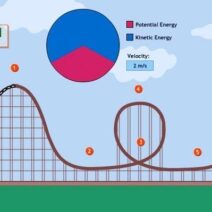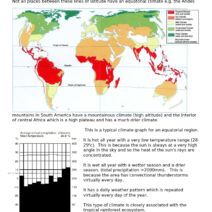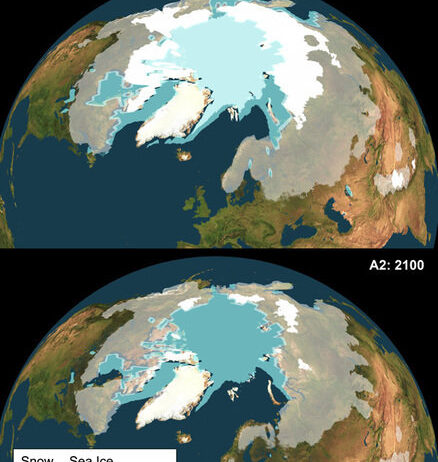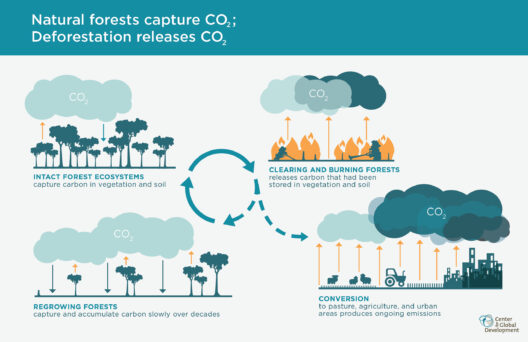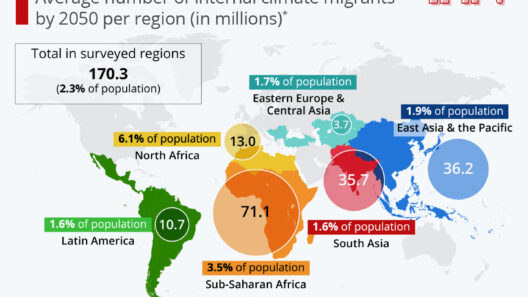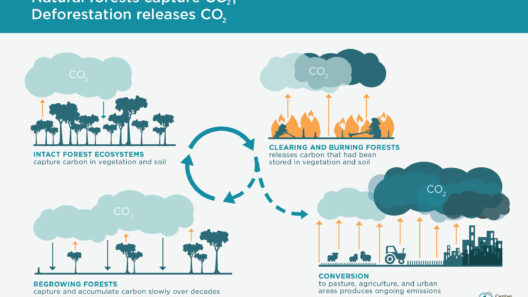The phenomenon of glacial melting has far-reaching implications for our planet’s climate system, and understanding the connection between ice melt and global warming is paramount. As temperatures rise globally, glacial and polar ice caps are undergoing unprecedented changes, resulting in dire consequences for ecosystems, human populations, and the planet as a whole.
In this article, we will explore the various aspects of ice melt, its contribution to global warming, and the cascading effects on the environment. We will examine the geographical areas most affected, the scientific mechanisms behind melting ice, and the broader implications for climate change. This multifaceted discussion will illuminate the urgency of addressing climate change and the role that ice melt plays in this critical global issue.
1. The Mechanics of Ice Melt
The process of ice melt is predominantly driven by rising global temperatures, primarily induced by anthropogenic greenhouse gas emissions. As the Earth absorbs more sunlight due to increased concentrations of carbon dioxide and methane, temperatures climb, triggering the breakdown of ice structures. The polar regions, specifically the Arctic and Antarctic, are particularly susceptible to these shifts.
Glacial melt is categorized into several types:
- Surface Melt: This occurs when temperatures rise sufficiently to cause the top layer of ice and snow to liquefy.
- Basal Melt: Warmer ocean waters erode ice from below, often leading to calving events where large icebergs break off from ice shelves.
- Ice Shelf Disintegration: Ice shelves act as barriers to glacial flow. Their collapse can accelerate the movement of land-based glaciers into the ocean.
The consequences of these processes are accelerating climate change feedback loops, as melting ice reveals darker ocean waters or land, which absorb more solar radiation than reflective ice surfaces.
2. Geographic Focus on Areas of Impact
The most visually dramatic alterations occur in Greenland and Antarctica. Here, vast expanses of ice are disappearing, contributing significantly to global sea-level rise. Scientific studies have demonstrated that Greenland’s ice sheet is melting at an alarming rate, with estimates suggesting that it could raise global sea levels by over seven meters if fully melted.
In Antarctica, the West Antarctic Ice Sheet is particularly vulnerable. Recent observations indicate that the Pine Island and Thwaites Glaciers are in a state of rapid retreat, raising concerns about potential catastrophic collapse. Small islands and coastal cities around the world are at an increasing risk of flooding as these glaciers continue to contribute to higher sea levels.
Additionally, the Arctic Circle is experiencing a severe decline in sea ice, which not only affects local fauna and flora but also disrupts global weather patterns. The Arctic’s warming can have a pronounced effect on the jet stream, potentially leading to more intense and unpredictable weather events in mid-latitude regions.
3. The Interplay Between Ice Melt and Climate Change
The relationship between ice melt and global warming is bidirectional. As glaciers and ice sheets retreat, they not only contribute to sea-level rise but also expose more land and ocean surfaces, which absorb heat. This feedback mechanism exacerbates warming, contributing to further ice melt and creating a vicious cycle.
Moreover, as ice melts, it releases fresh water into the oceans, which can disrupt oceanic circulation patterns. The thermohaline circulation, often referred to as the “global conveyor belt,” relies on the intricate balance of fresh and saltwater. Alterations to this system can have dramatic implications for global climate, affecting weather patterns, marine ecosystems, and carbon cycling.
4. Implications for Biodiversity and Human Communities
The loss of ice is not confined to physical landscapes; it deeply influences biodiversity and cultural communities. Species adapted to icy habitats, such as polar bears, seals, and various marine organisms, face existential threats as their habitats shrink and fragment. This decline in wildlife not only endangers species but also disrupts food chains and local economies, particularly for indigenous communities reliant on these ecosystems for their livelihoods.
Furthermore, human populations in coastal and island nations face imminent threats. Rising sea levels can lead to displacement, loss of land, and increased salinity of freshwater sources, severely impacting agriculture and drinking water supplies.
5. The Call for Action
Addressing the crisis of ice melt and its consequences requires immediate collective action. Global initiatives to mitigate climate change, such as reducing greenhouse gas emissions, transitioning to renewable energy sources, and investing in adaptation strategies for vulnerable communities, are crucial. Policy frameworks such as the Paris Agreement seek to limit global warming to 1.5 degrees Celsius, which could significantly alleviate the worst impacts of climate change, including ice melt.
Individuals can also contribute by promoting sustainability in daily practices, advocating for policy reform, and supporting environmental organizations committed to combating climate change. Everyone has a role in the fight against global warming, and awareness is a pivotal first step.
Conclusion
The impact of ice melt on global warming illustrates an interconnected web of environmental changes, repercussions for biodiversity, and socio-economic challenges. Understanding these dynamics is essential for forging a sustainable future. Without immediate, concerted efforts to curb emissions and protect precious ecosystems, the alarming trajectory of ice melt will continue, pushing our planet toward irreversible changes and a potentially inhospitable future.
